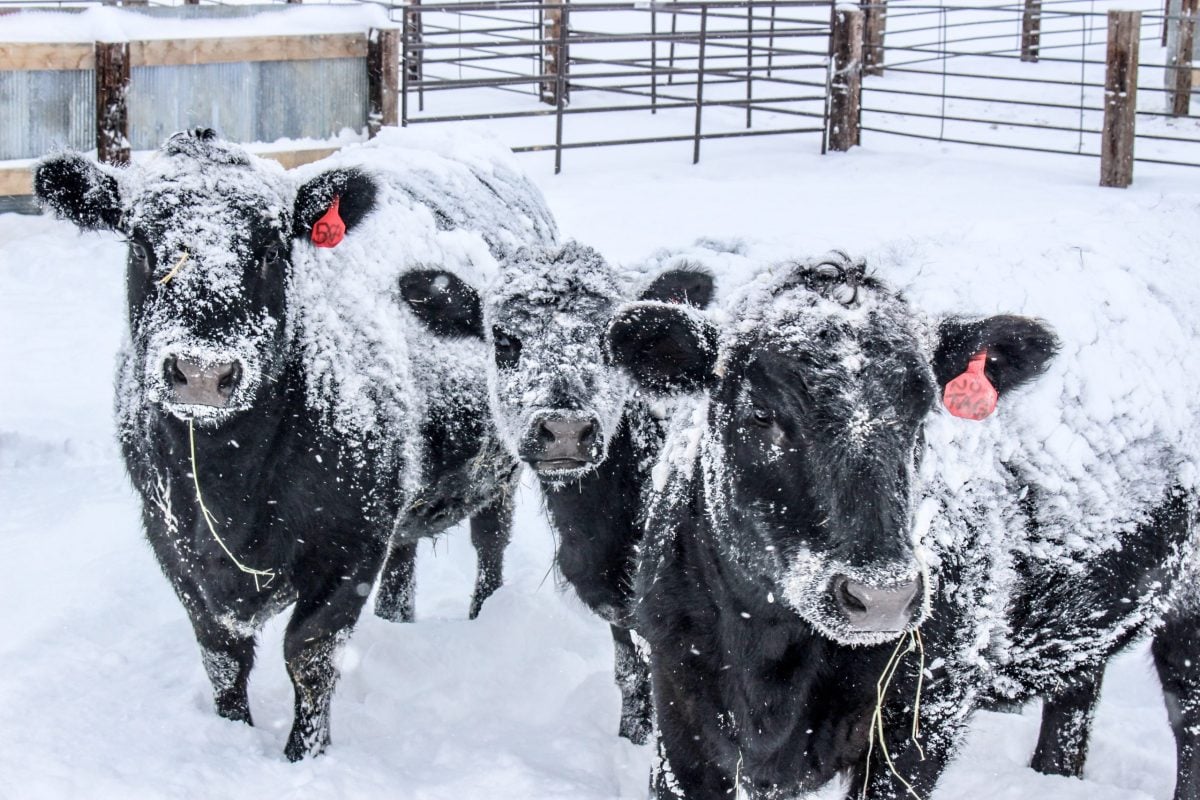MarketsFarm — Feed grain markets in Western Canada are facing some uncertainty amid tight domestic supplies and reports of transportation issues bringing up corn from the United States.
“It’s very strange,” said Susanne Leclerc of MarketMaster Ltd. in Alberta. “You see stories like that (reporting on feedlots running low on grain), then you talk to buyers and they’re full and don’t need anything.”
She added that the market was very volatile, with domestic barley prices seeing wide swings depending on localized coverage needs. She added that demand was very hand-to-mouth in the current environment.
Read Also

U.S. livestock: CME cattle futures rise on expectations of tight supplies
Chicago | Reuters – Chicago Mercantile Exchange cattle futures climbed on Wednesday as market players anticipated tighter cattle supplies in…
“The fluctuations are more erratic than they’ve ever been in the past, but we’re seeing that in all the markets,” Leclerc said.
“For producers, targets are your best friend in any of these markets,” she said, adding “let people know what you have left, because the fluctuations are so huge.”
While there is some volatility, Leclerc said barley and feed wheat bids were generally looking a little softer, which she saw as a sign that end-users may not be as short of feed as thought.
“There are so many factors at play that make it hard to know what the truth is,” she added. “I don’t know what to make of this situation.”
In comparison to most years, supplies are down, but Leclerc said it was hard to know how much barley there is relative to the need. “If we’re bringing up so much corn, how much barley or wheat do we really need?” she asked.
Broader political unrest, including tensions between Ukraine and Russia, were also in the background of the feed grain market given the influence on corn and wheat futures.
The transportation issues, such as increased freight costs, seasonal railway slowdowns and difficulties finding trucks/truckers, were also backing their way into the grain markets and could influence prices going forward.
— Phil Franz-Warkentin reports for MarketsFarm from Winnipeg.
















